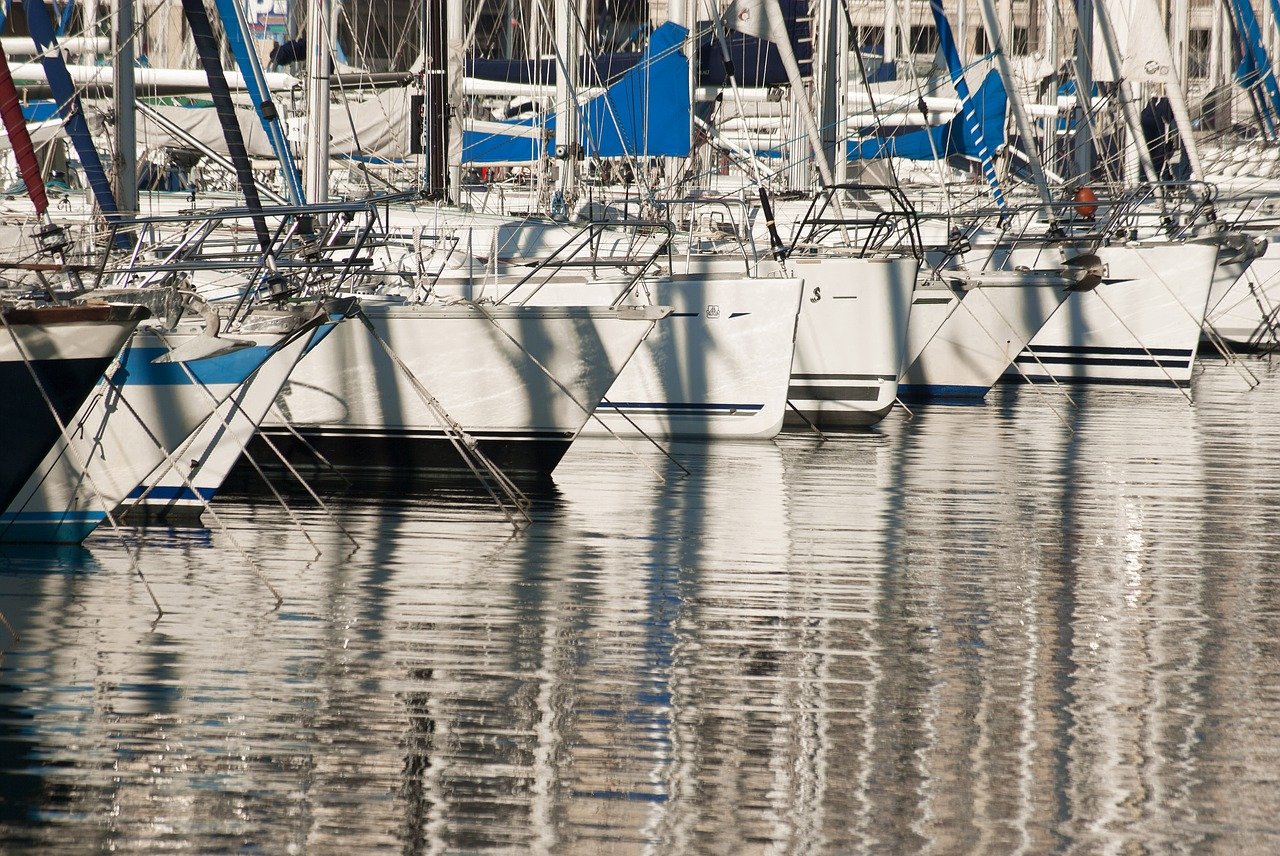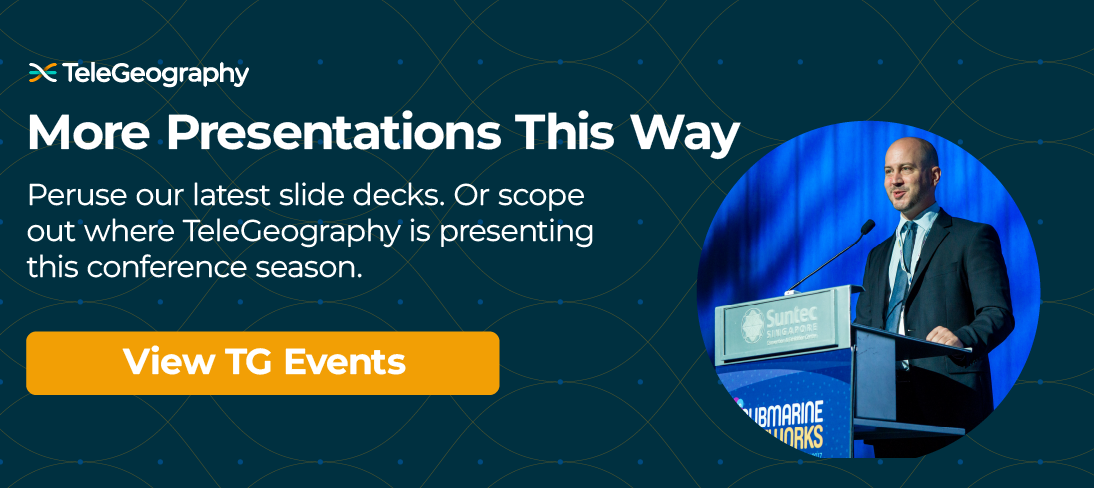This July subsea experts will flock to Marseille for Subsea Connect 2017, a gathering that will zero in on the commercial and technical aspects of the submarine cable market.
Among the experts in attendance will be Ciena's Senior Director of Portfolio Marketing Brian Lavallée.
To gear up for the event, Brian took the time to speak with us about Subsea Connect, preview a panel he will moderate, and provide a glimpse into the discussions he expects to have in Marseille.
Ciena will be moderating the keynote panel discussion at Subsea Connect this July. Any predictions for the conference overall? What do you think everyone will be talking about this year?
I believe squeezing ever-increasing amounts of information across existing and new subsea cables will likely dominate discussions at the event, as new optical transmission technologies are coming to market from different vendors.
The question of why we need new subsea cables in the first place will also be discussed and is the panel I’m looking forward to moderate, given the impressive list of panelists. My personal hope is that the emergence of new software-centric technologies comes to the forefront of discussions, as they’ll change how operators manage and monetize their subsea networks—just ask terrestrial networks operators.
Lastly, I believe the topic of L-band in the wet plant will continue to grow in discussions, and even debates.
My personal hope is that the emergence of new software-centric technologies comes to the forefront of discussions, as they’ll change how operators manage and monetize their subsea networks—just ask terrestrial networks operators.
The Ciena keynote presentation is entitled “Optimizing Subsea Cable Networks through Innovative Collaborations.” What are some of the collaborations in question that are worth discussing right now?
The subsea networking industry has been working in a quasi-open environment for years, as several upgrade vendors, Ciena included, have been continually upgrading third party wet plants. However, this has been a more complex process than is necessary, which the open cable initiative will eventually resolve, as it pertains to coupling port availability, wet plant specifications, and system acceptance.
I believe that open cables are just the tip of the collaboration iceberg across vendors, technologies, and even services.
Open subsea networks involve more than just disaggregated SLTE and wet plants, and will eventually lead to other collaborations in the software domains, such a machine learning-based analytics for proactive network maintenance. I believe that open cables are just the tip of the collaboration iceberg across vendors, technologies, and even services.
Any predictions for future collaborations?
At present I cannot confirm (or deny) any future collaborations, but do believe that as open cables continue to take hold, as it is driven by ICPs who are turning up most subsea bandwidth going forward, it will eventually lead to new collaborations into other areas as it provides operators with more choice.
I imagine Subsea Connect attendees will also be talking about new routes that will be popping up in coming years. What do you think we can say the driving forces behind the selection of these new subsea cable routes?
The original subsea cable routes were driven by the need to connect city centers, where human end users live, with the primary application being voice communications.
Going forward, data transmission between data centers, non-human end users, is the primary driver for new subsea cables. As data centers are built outside city centers to exploit tax breaks, cheaper real estate, cheaper energy costs, and other factors, terminating in or near cities makes less sense leading to new subsea routes and landing points. Other reasons for new cable routes are related to politics, route diversity, the need for more regional competition, and increased security concerns.
What type of conversations do you expect to have at Subsea Connect 2018?
I’m personally looking forward to discussing a wide variety of topics such as open cables, newly introduced transmission technologies, software-based innovation, service protection, big data analytics, and of course, the recent launch of our GeoMesh Extreme solution.
From a support perspective, many are questioning if the industry will disband traditional maintenance areas for standalone repair opportunists.
I also expect discussions related to shortening of the traditional 25-year network lifespan to enable notable upfront cost reductions via cheaper materials and reduced warranty times (at the expense of more future cables). From a support perspective, many are questioning if the industry will disband traditional maintenance areas for standalone repair opportunists. So many topics to cover!
From a vendor viewpoint, I’m always open to new ideas, and the more “out there” the better, as I believe the competitor one should be most concerned with is the one from outside your industry who completely blindsides you. After all, coherent modems and ROADMs were once referred to as “voodoo technology,” n’est-ce pas?

